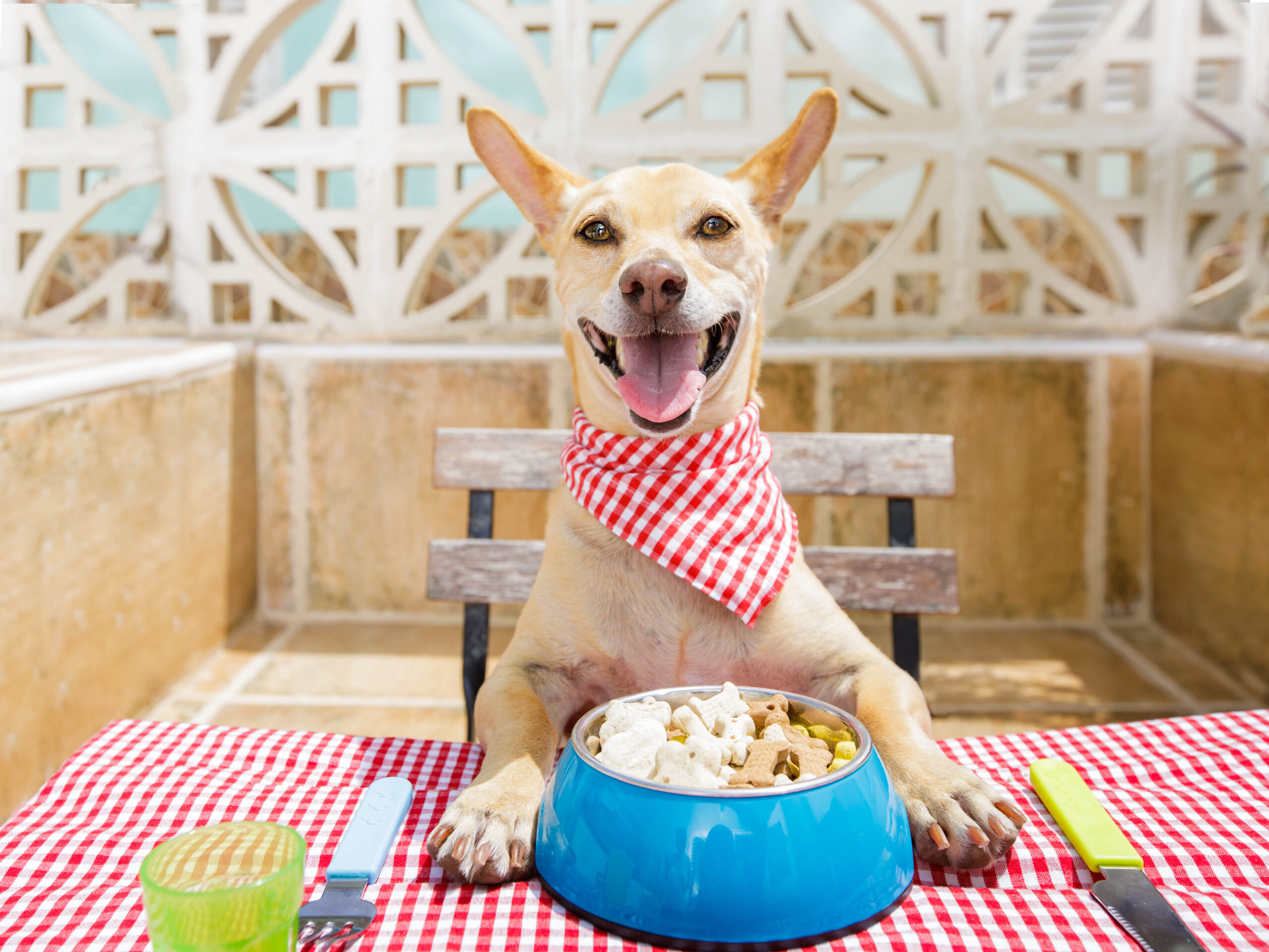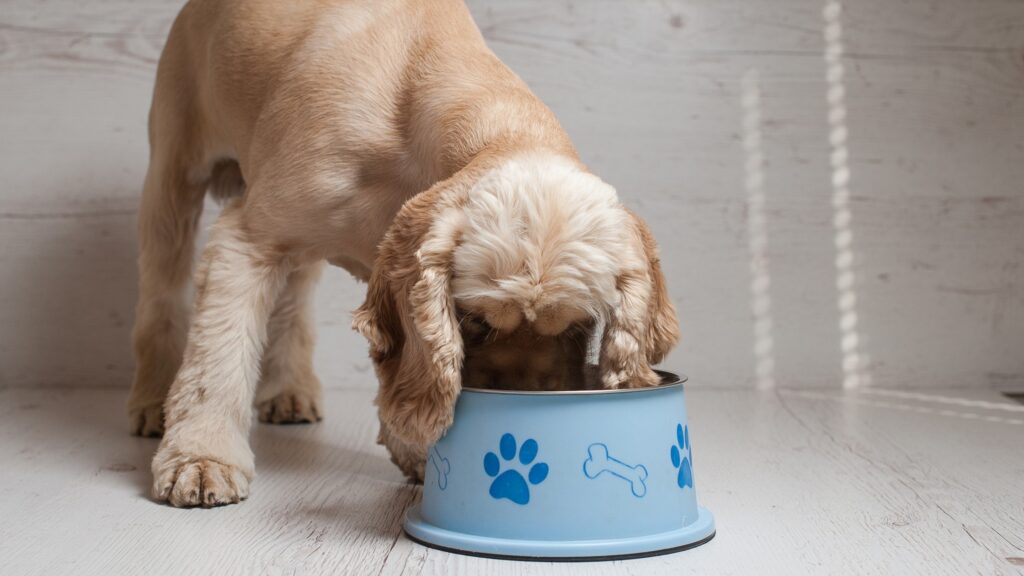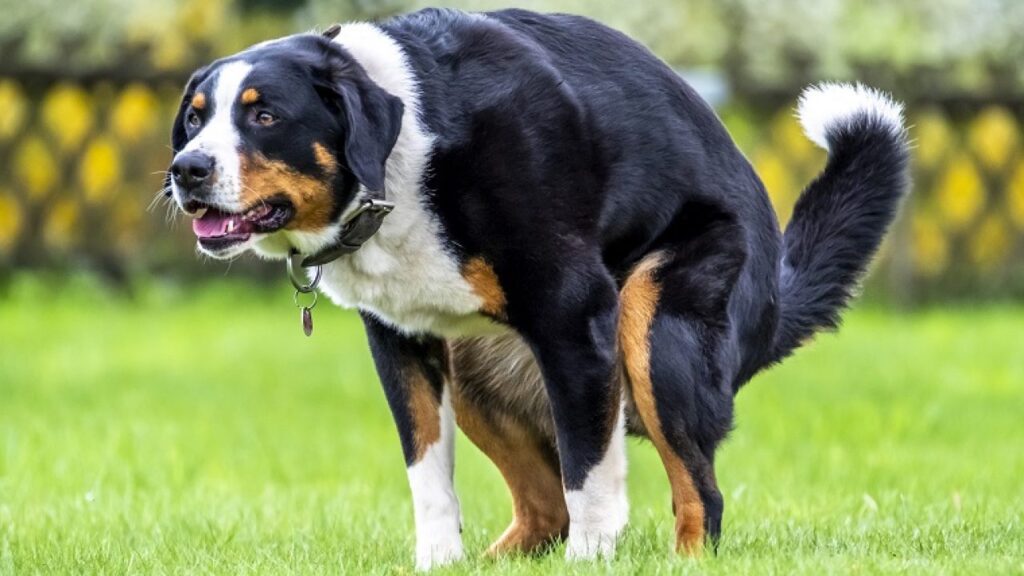
Pet parents may need to change the dog’s diet for various reasons like upgrade the diet by switching to a more premium brand like Tail Bangers for daily menu or special treats. In some cases, people change pet diets due to health issues or aging that necessitate getting food that better meets the changing nutritional needs.
Page Contents
How to Implement the Change

It is crucial to gradually switch your pet’s diet, as abrupt changes may cause gastrointestinal disorders like diarrhea, loss of appetite, and vomiting. Gradual transitioning in the diet helps the dog adjust to the new foods seamlessly. The ideal period of changing the dog diet is between 5-7 days. As you switch the food, gradually incorporate the new diet into the old diet by mixing. Here is a recommended one:
Day 1: Feed 75 percent of the old diet and 25 percent of the new
Day 2: Feed 75 percent of the old diet and 30 percent of the new
Day 3: Feed 60 percent of the old diet and 40 percent of the new
Day 4: Feed 50 percent of the old diet and 50 percent of the new
Day 5: Feed 40 percent of the old diet and 60 percent of the new
Day 6: Feed 25 percent of the old diet and 75 percent of the new
Day 7: Feed 100 percent of the new food
While some dogs may adapt fast to the new food, others prone to allergies, with gastrointestinal diseases or sensitive stomachs, may take a more extended period to adjust. Pay close attention to the response of your pet individually for an excellent diet transition.
In case you notice any concerns during the transition like a drop in appetite, diarrhea, and vomiting, proceed cautiously. Consult a vet if the stomach upsets persist beyond the seven days.
Tips and Special Considerations for Switching your Dog’s Diet

Small and large breed puppies need transitioning to the right size of breed adult food to meet the special diet needs. When puppies hit 12 months, introduce them to adult food. This transition in their diet ensures that they receive the required nutrients needed for the maximum body function.
However, you may need to consult your vet when on a large breed dog as experts advise that owners keep them on puppy food longer for good calories needed for their adult form.
Older small and medium dogs aged about seven should start on a senior dog diet to supply the higher-stage life nutrients. For larger breeds, adopt adult dog food when they hit age six as their muscles and bones faster than their small bodied counterparts.
When switching the foods and mixing the old and new, ensure you follow the proper nutrition guidelines and feed appropriate amounts. You can use measuring cups and get the correct counts. Please keep to the recipe guidelines, and ensure you get them from reputable sources.
Pregnancy
Like humans, pregnant and nursing dogs need a special diet with more calcium content and energy-packed foods. Consider incorporating the puppy food to their menu in this particular time of the dog’s life. Switch a large breed of pregnant or nursing dogs to regular puppy food.
Health reasons

Your vet may recommend therapeutic pet food for specific health conditions and periods. Discuss the switch to the new diet in detail and consider all the particular suggestions by an expert to facilitate a smooth transition.
Dry and Wet Food
Most dogs need softer food as they age. In some cases, the pet parent may want to feed their pet a different taste and texture. The guidelines of transitioning between wet and dry food should follow the schedule discussed above.
Consult your vet for the proper amount if you use the canned dog food as a topper to their daily dry food. The precaution is to ensure that you stick to the daily calorie requirement for your pet.
Check the Poop!

Paying attention to the quality of the stool will help you monitor your pet’s digestive health. Minor changes in the consistency and color of the poop are regular, but major ones point to a concern worth addressing. Use a Fecal Scoring Chart for an accurate diagnosis. A lower fecal score than the ideal 3-4 may indicate constipation or dehydration, and higher numbers may point at the gastrointestinal upset.
Visit a vet if the stool is consistently outside the normal range.
Look out for Food Reactions
Introducing a dog to new foods comes with risks like adverse food allergies, gastrointestinal diseases, or food intolerance. Many people misdiagnose any of the food reactions as allergies. Allergic reactions in dogs involve specific dog responses from the immune system, which goes undiagnosed in most cases.
Food reactions often present with cutaneous, gastrointestinal symptoms, or both. Gastrointestinal symptoms of reaction with food in dogs are diarrhea, vomiting, change in appetite, and nausea. Cutaneous may present as include hair loss, skin inflammation, itching, and other types of rashes. Get your pet to the vet if these symptoms occur for a precise diagnosis as other illnesses may present the same signs.
In case the dog has an adverse food reaction, the vet may recommend an elimination diet trial where the pet only feeds on hypoallergenic food for about eight weeks. Food reaction problems will resolve during the trial period.
Conclusion

When switching the food for your dog, as a general rule, mix the new and old food to ensure a seamless transition. Introduce one food at a time to rule out any reactions. Always consult your vet to get the best diet that will meet your pet’s nutritional needs.
It is prudent to ensure you get the right menu if you introduce homemade food or buy your dog food from established stores. This approach ensures your pet is in perfect health even when transitioning from one diet to another. Remember to keep the pet on a nutritionally balanced diet even when transitioning to new foods.































